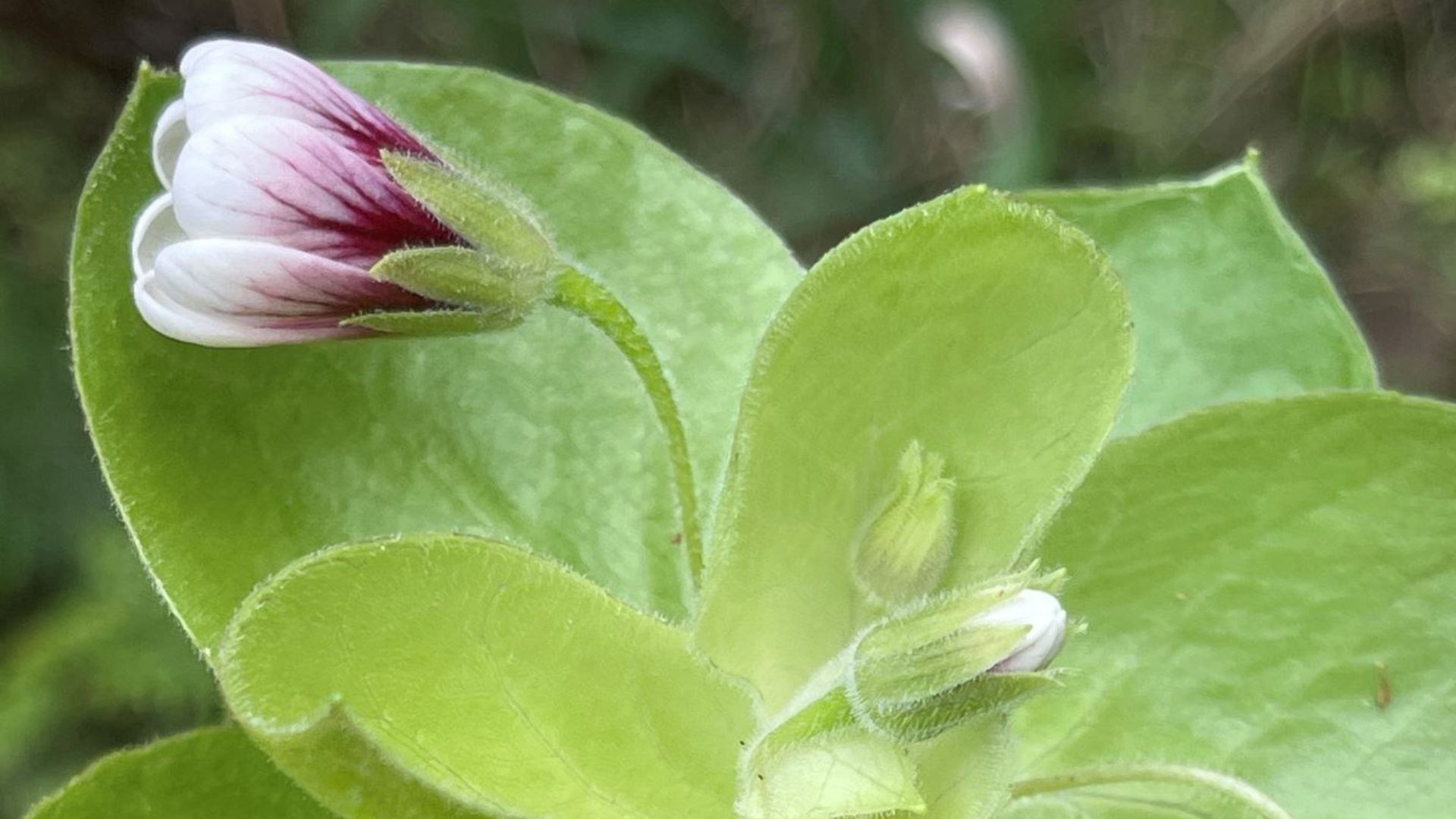
Drone technology is reaching new heights helping identify and protect endangered species and plant life. In Greece, Amazon is set to build the first smart hub for drones on Naxos island. The team at the National Tropical Botanical Garden in Kauai, Hawaii had been stumped in past years trying to figure out how to study plant samples tucked away in inaccessible places. Yet technology has finally allowed them to surmount that problem.
The Kahanu Garden on the eastern shores of Maui is one such location. Until recently, its rocky, rugged cliffs tucked away in one of the largest forests in the Hawaiian Islands had made it almost impossible for researchers to reach the area and study the plant life. Yet the latest drone technology has not only enabled them to do just that, but also collect samples.
Nothing beyond reach: drone technology reaching impossible heights
Flying robots help researchers identify and protect threatened plants and other species in places that are inaccessible to humans https://t.co/M3bbTa1bUz
— Scientific American (@sciam) October 12, 2022
The National Botanical Garden Team (NTBG) began experimenting with drone technology in 2016 after struggling with the use of traditional techniques such as abseiling to gather selections of hard to reach plant life. Soon after they launched their drone program came the discovery of several rare plants hidden on a remote cliff.
Everything came together when a group of Canadian researchers approached them who had been facing similar difficulties. Their company, Outreach Robotics, had created a drone device called Deleavis that could collect plants from treetops. The question was could it also be effective it would be mounting and cutting samples of plants on a sheer clifftop.
The answer was yes, with the help of a horizontal, mechanical arm attached below the drone. Their design incorporated two different functions: a lifting drone and the Mamba mechanism.
The MAMBA

Outreach Robotics revealed the MAMBA (Multi-Use Aerial Manipulator Bidirectionally Actuated) in the fall of 2021.
The device hangs below the drone, its propellors allowing the collecting arm to move back and forth as would a pendulum. Armed with its own remote control and video, it enables its pilot to see every minute detail near the plant and the cutting sample. The head of the sampling device head rotates in different directions, making it possible to align with the plant and collect the desired portion of the plant.
The National Tropical Botanical Garden team conducted the first trials on Kauai, then in the island’s wilder natural habitats. They focused on collecting difficult to collect samples such as akoko (Euphorbia eleanoriae), dwarf iliau (Wilkesia hobdyi), and hau kuahiwi (Hibiscadelphus distans).

The device was refined even more after its initial tests, then relaunched in March 2022. Since then, they have been able to locate, identify, and gather samples from critically endangered plant varieties like the Lysimachia inki, Kadua st-johnii, Lysimachia scopulensis, and laukahi (Plantago princeps var. anomala).
Saving endangered plant life

Environmental enthusiasts have been using drones for years to capture stunning videos of nature and draw attention to the problematic of climate change. To the National Tropical Botanical Garden team however, understanding and protecting endangered plant life is much more important. Indeed, it is absolutely central to their conservation efforts.
First, they have to locate and identify them. Second, samples need to be collected. Third, they must then return the plants to their natural habitat. Before the new drone technology, that was impossible. Now, to the MAMBA they has developed in conjunction with Quebec’s Outreach Robotics, they are now able to do so.
Drone technology has become an important part of many sectors of society, such as the military. Greece, for example, is now employing them to defend its islands and border regions.
See all the latest news from Greece and the world at Greekreporter.com. Contact our newsroom to report an update or send your story, photos and videos. Follow GR on Google News and subscribe here to our daily email!



